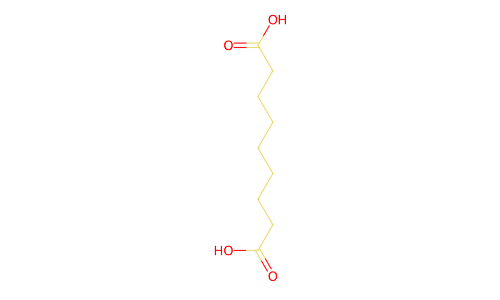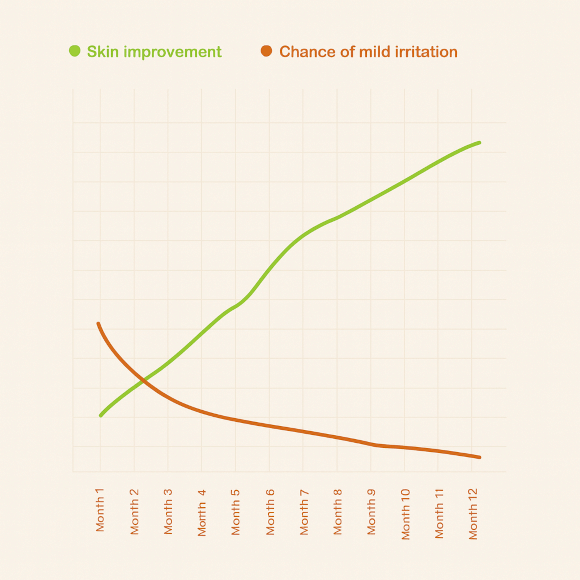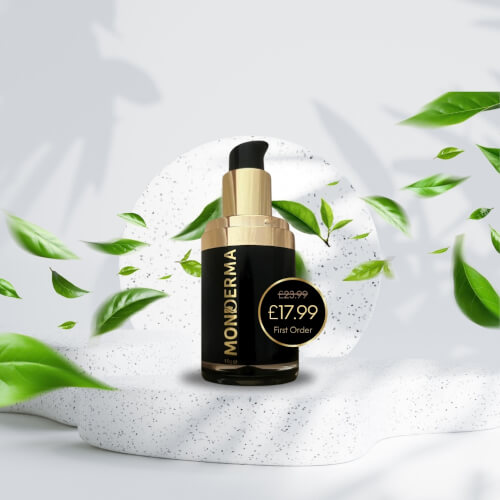Reduce the appearance of acne, wrinkles, hyperpigmentation, and rosacea with a Monderma azelaic acid formula.

Azelaic acid is an anti-inflammatory used to help calm redness, soothe irritation, and improve the appearance of discolouration.
First identified in the 1890s and approved for UK use in 1995, azelaic acid has become a versatile option in dermatology for managing a range of skin concerns.
Refine uneven-looking texture in 3 steps
your quick and secure consultation
your azelaic acid prescription plan
your formula as your skin improves
Made in a gentle vegan base cream, your azelaic acid formula may include other active ingredients, selected from adapalene, clindamycin, hydroquinone, ivermectin, niacinamide, and tretinoin.

 |
VS | Retail |
|---|---|---|
| Prescription Anti-Inflammatory | Cosmetic Retinol Only | |
| 3-in-1 Active Treatment | 3 Separate Products Needed | |
| Personalised To Your Skin | One-Size-Fits-All | |
| Up To 20× Higher Efficacy | Limited Visible Change | |
| Care From UK-Registered Pharmacists | Standard Retail Product | |
| Dermatology-Grade Standards | Non-Clinical Standards | |
Monderma’s azelaic acid formulas are overseen by GPhC-registered prescribers and pharmacists for safe, guided use.
As your skin adjusts over time, your prescriber can review and modify the strength or frequency to ensure the treatment remains suitable.


My skin is looking great and is very happy!
Packaging is very luxurious and the cream itself is a lovely consistency which absorbs in to the skin.

Skin feels clearer already!
Really good product to use and excellent results within a few weeks so far.

Amazing custom skin formulae high quality and value
It’s been about 3 months since I’ve been using Monderma, and I can say I’ve seen transformative results on my face.

Personalised azelaic acid formulas shaped to calm visible redness, ease irritation, and improve the appearance of uneven pigmentation.
Discover your tailored formula with a short consultation today.
Monderma's azelaic acid is typically applied to your face. It can also be used on your neck and under-eye area with moisturiser. A low strength is recommended for these areas, as they are more sensitive. Avoid applying it too close to your eyelids.
Apply TWO pumps to clean, dry skin on the affected area(s) once daily at NIGHT. After application, wash your hands and follow up with applying a moisturiser. Use a sunscreen of SPF30 or higher daily to protect your skin.
Monderma prescribes azelaic acid in strengths ranging from 3% to a maximum of 20%, in accordance with national guidelines.
The most suitable strength for you varies based on several factors, including whether it is acne, ageing skin, hyperpigmentation, or rosacea being treated, prior use of anti-inflammatory agents, and individual skin response. Starting too high or increasing strength too quickly can lead to skin irritation.
While some users gradually increase their strength, the majority find that maintaining a consistent, lower concentration provides optimal results for their skin.
You may start to see visible results after 1 week. However, for lasting results, we recommend nightly use for at least 12 weeks.
In most cases, azelaic acid is a safe and reliable ingredient for long-term use.
Although azelaic acid is designed to treat skin conditions, some users may experience mild side effects. This includes peeling, tingling, and redness, particularly during the initial adjustment period.
To minimise this risk, Monderma recommends starting with a lower strength and applying a moisturiser to support your skin as it adapts.
Azelaic acid is generally considered safe for use during pregnancy.
Azelaic acid is generally safe to combine with most over-the-counter skincare products. If you need to use any other prescription skincare, you must notify Monderma to ensure your custom formula remains safe.
Additionally, always notify each healthcare or procedure provider about your prescription skincare use. Some procedures may require pausing application before and after to minimize skin sensitivity or potential adverse reactions.
Registered Address: International House, 6 South Molton Street, London W1K 5QF
Trading Address: Unit 2C Gazelle Buildings, Wallingford Road, Uxbridge UB8 2RW
© Monderma 2025. All Rights Reserved.